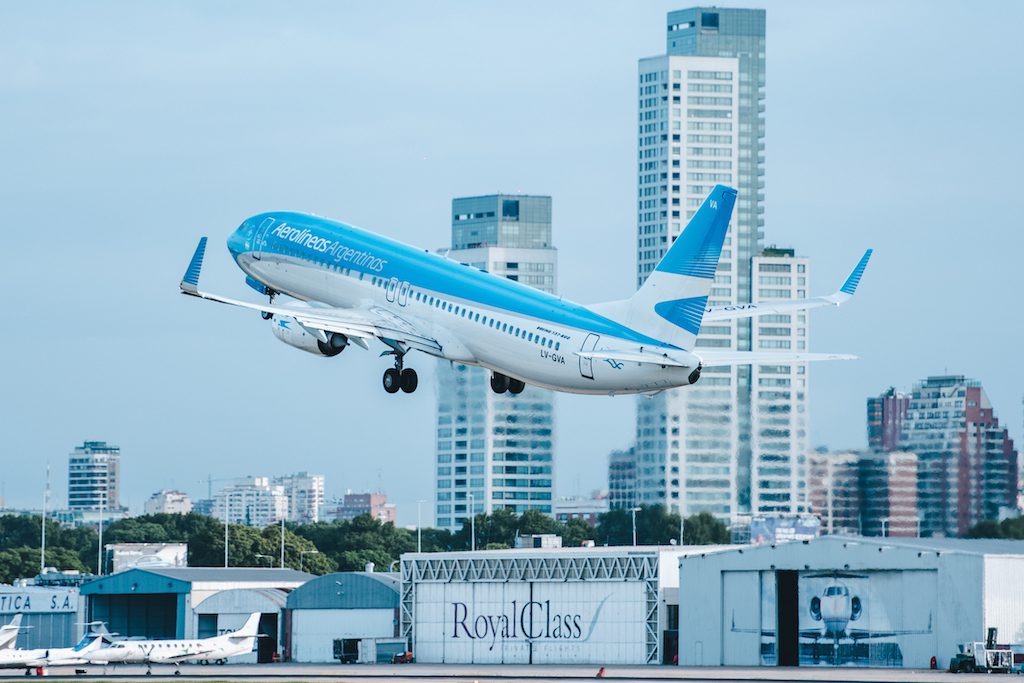Skift Take
Aerolíneas Argentinas has focused heavily on improving its efficiency and customer service in a more competitive aviation industry, but its strategy could change depending on the outcome of Argentina’s upcoming national elections.
Business and politics in Argentina are inextricably linked, and aviation is no exception.
In the nearly four years since business-friendly conservative President Mauricio Macri took office, the country’s airline industry has become more competitive. Low-cost entrants including Flybondi, Norwegian Air Argentina and JetSmart have burst onto the scene offering lower prices on domestic routes, and the government is picking up the tab for multi-million dollar infrastructure improvements at main airports. In July, Argentina’s airlines welcomed an all-time monthly record of 1.5 million passengers flying within Argentina—a 61 percent increase compared with four years earlier.
To keep pace, flag carrier Aerolineas Argentinas has been making its own changes. The airline — whose leadership is influenced by the same administration pushing for a more competitive airline industry — has made strides to become more efficient, customer-focused and financially sound. However, amid the country's ongoing economic woes and possibility that the nation could revert to a populist government in 2020, there are questions about what Aerolineas—and the larger Argentine aviation market—will look like in the future.
“The aviation market in Argentina has experienced a great transformation in these four years,” Aerolineas Argentinas President Luis Malvido told Skift in a phone interview translated from Spanish.
New low-cost carrier entrants now hold just over 20 percent of the market share for domestic flights in Argentina, the latest figures from the country’s civil aviation authority show. With this new competition, Aerolineas has spent the past four years trying to get more nimble. But there's more work ahead.
“Within this scenario, we found ourselves with an Aerolineas that had many opportunities to improve in 2015,” Malvido said, “not only because of its low productivity of its personnel and low-fleet utilization, but also as a company that had many outdated aspects and ideo


